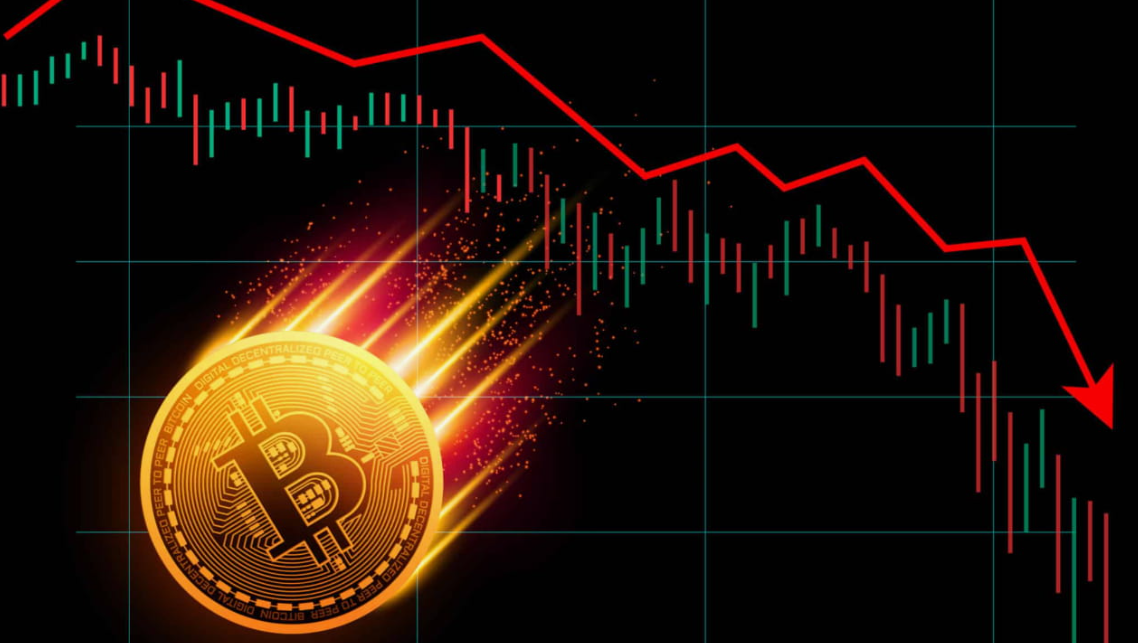Trading is all about walking a tightrope between risk and reward. If you take on too much risk, you could lose everything. But if you play it too safe, you might miss out on big profits. It’s a constant balancing act. In this survival guide, I’ll dive into how traders like you can balance the two and come out ahead. We’ll cover practical tips, personal experiences, and strategies you can use, whether you’re trading forex, stocks, or crypto.
Why Balancing Risk and Reward Is So Important
Risk and Reward Go Hand-in-Hand
When it comes to trading, risk and reward are inseparable. You can’t have one without the other. Sure, we all want high rewards, but with high rewards come higher risks. The trick is finding that sweet spot where you’re comfortable with the risks you’re taking while still aiming for a decent reward.
For me, this balance is key to long-term success. You want to grow your portfolio, but without risking it all on one bad trade. FXpricing, with its real-time data and market insights, can help you stay informed, so you can better manage your trades and make smart decisions.
How to Measure Risk
1. Understand Your Risk Tolerance
Everyone has a different level of risk they’re comfortable with. Are you someone who can handle big price swings, or do you prefer smaller, steady gains? Your risk tolerance will help guide your trading strategy. For example, if you’re trading forex, understanding how volatile different currency pairs are will help you decide where to invest.
Personal Tip:
When I first started trading, I went in all guns blazing. I was attracted to big gains, but I quickly realized my stomach wasn’t made for that kind of volatility. So, I had to dial it back and find a level of risk I could live with. Tools like FXpricing’s live forex rates helped me keep track of market changes and make better choices that suited my risk tolerance.
2. Calculate Risk-Reward Ratio
One key tool every trader should use is the risk-reward ratio. This tells you how much you’re willing to risk for a potential reward. A good rule of thumb is to aim for a ratio of at least 1:2—meaning for every $1 you risk, you should aim to make $2.
For example, if you’re trading a forex pair using FXpricing’s real-time charts, you might decide you’re willing to lose 50 pips to potentially gain 100 pips. This keeps your losses in check while maximizing your potential gains.
3. Use Stop-Loss Orders
Stop-loss orders are one of the best ways to manage risk. They automatically sell your position if the price drops to a certain level, preventing you from losing too much. You set it, and if things go south, the stop-loss kicks in to protect you. This is especially useful in fast-moving markets like crypto or forex.
Example:
Let’s say you’re trading EUR/USD, and the live rates from FXpricing show some volatility. You set your stop-loss 20 pips below your entry point. If the market moves against you, your position is sold off automatically, limiting your loss.
Maximizing Reward
1. Be Patient with Your Trades
One of the biggest mistakes I see new traders make is trying to grab quick profits. The market doesn’t always move how you want it to, and you have to be patient. FXpricing offers tools like historical data and real-time market analysis, which can help you predict future trends. Use these to make informed decisions rather than chasing quick wins.
2. Diversify Your Portfolio
It might be tempting to go all-in on one big trade, but that’s a risky move. Instead, spread your investments across different markets and assets. You can trade forex, stocks, and crypto all at once with FXpricing, allowing you to diversify and balance your risk better.
Diversification minimizes your chances of losing everything if one market crashes. If your forex trades aren’t going well, maybe your stock portfolio will make up for it.
3. Keep Learning and Adapting
Markets change, and so should your strategy. What worked last year might not work today. Keep learning, stay updated with market news, and adjust your approach as needed. The educational resources and market updates from FXpricing make it easier to stay informed and adapt.
Tools to Balance Risk and Reward
1. FXpricing Real-Time Data
To successfully balance risk and reward, you need accurate, real-time data. FXpricing provides live forex, stock, and crypto rates that keep you updated on market movements. You can make informed decisions on when to enter or exit trades based on the latest data.
2. Historical Data
Looking at past trends is crucial for making future decisions. FXpricing offers access to historical data so you can analyze how markets have performed over time and make predictions based on those insights.
3. Economic Calendar
An economic calendar helps you track important events that could impact markets. Big announcements, like interest rate changes or employment data, can cause massive market swings. With FXpricing’s economic calendar, you’ll know when to expect volatility and can adjust your trades accordingly.
Personal Insights on Risk and Reward
In my early trading days, I thought the more risk I took, the more I’d gain. And guess what? I lost… a lot. It was only after I started balancing risk and reward properly that I saw consistent growth. Using stop-loss orders, being patient, and diversifying my trades have helped me a ton.
One key takeaway: always use real-time data, like what FXpricing provides, to stay on top of your trades. It’s better to be informed than to make decisions based on emotions or guesses. Trading is all about calculated risks.
FAQs
1. How do I balance risk and reward in trading?
Balancing risk and reward involves understanding your risk tolerance, using tools like stop-loss orders, and calculating your risk-reward ratio. Tools like FXpricing’s live forex rates can help you track market movements and make better decisions.
2. What is a good risk-reward ratio in trading?
A commonly recommended risk-reward ratio is 1:2. This means you’re willing to risk $1 for every $2 of potential profit. The ratio helps keep your losses manageable while aiming for higher returns.
3. How can I reduce risk in trading?
You can reduce risk by diversifying your portfolio, using stop-loss orders, and staying informed with real-time data from platforms like FXpricing. Also, knowing your risk tolerance helps you avoid trades that may be too risky for your comfort level.
4. What tools help with managing risk?
Stop-loss orders, real-time data, historical data, and economic calendars are all useful tools. FXpricing provides these resources, helping you manage risk more effectively in volatile markets.
5. How can I maximize my trading rewards?
Maximizing rewards involves patience, diversification, and smart entry/exit strategies. Real-time data from FXpricing, along with careful planning, can help you identify the best moments to make profitable trades.





